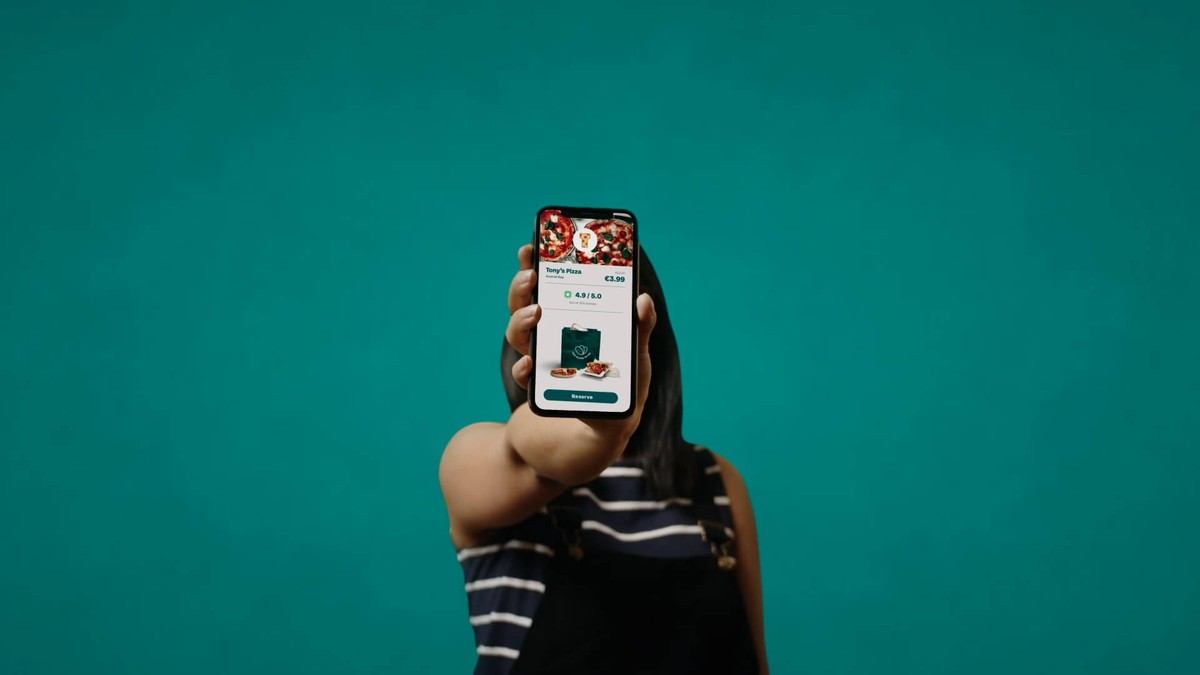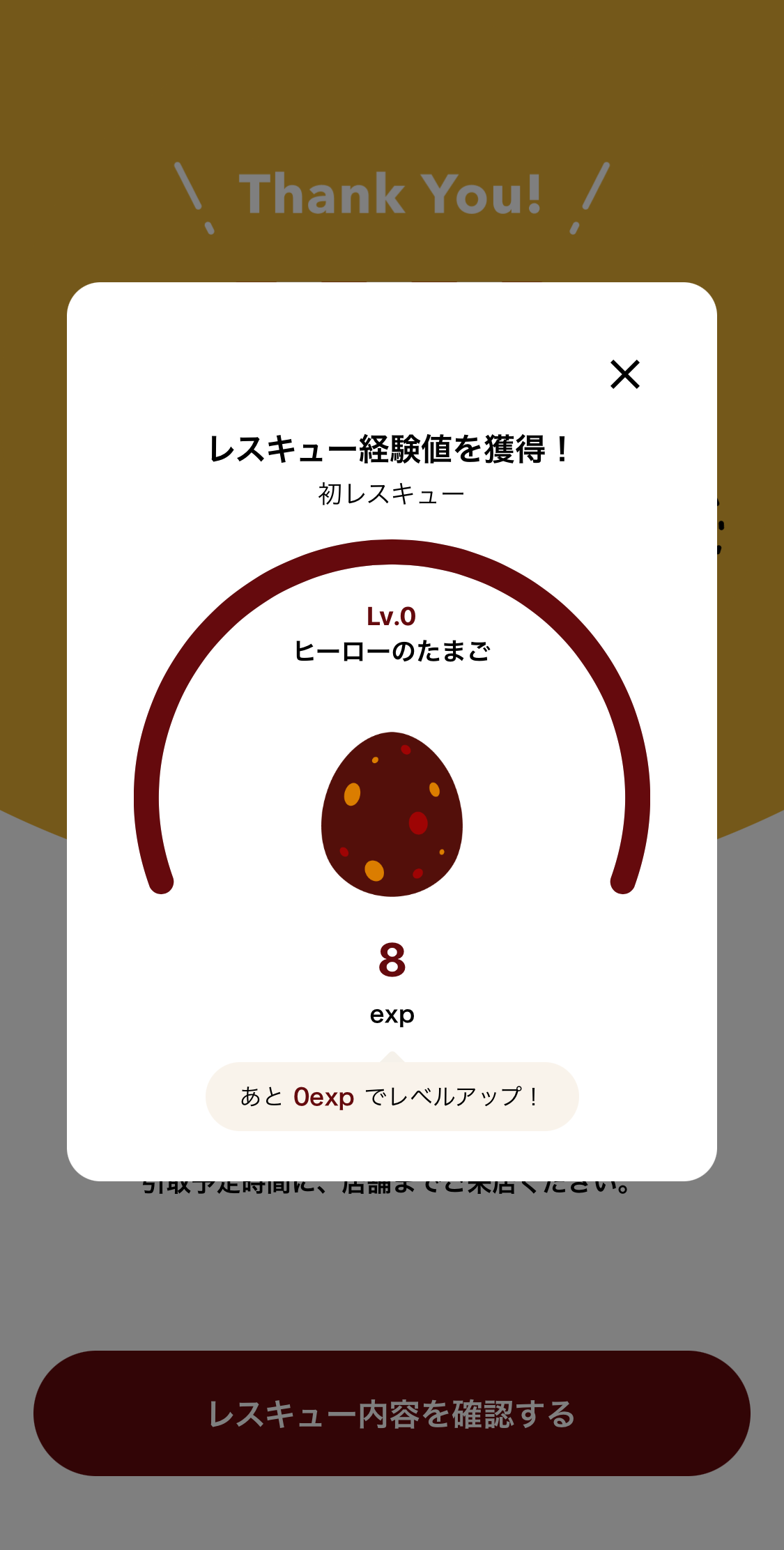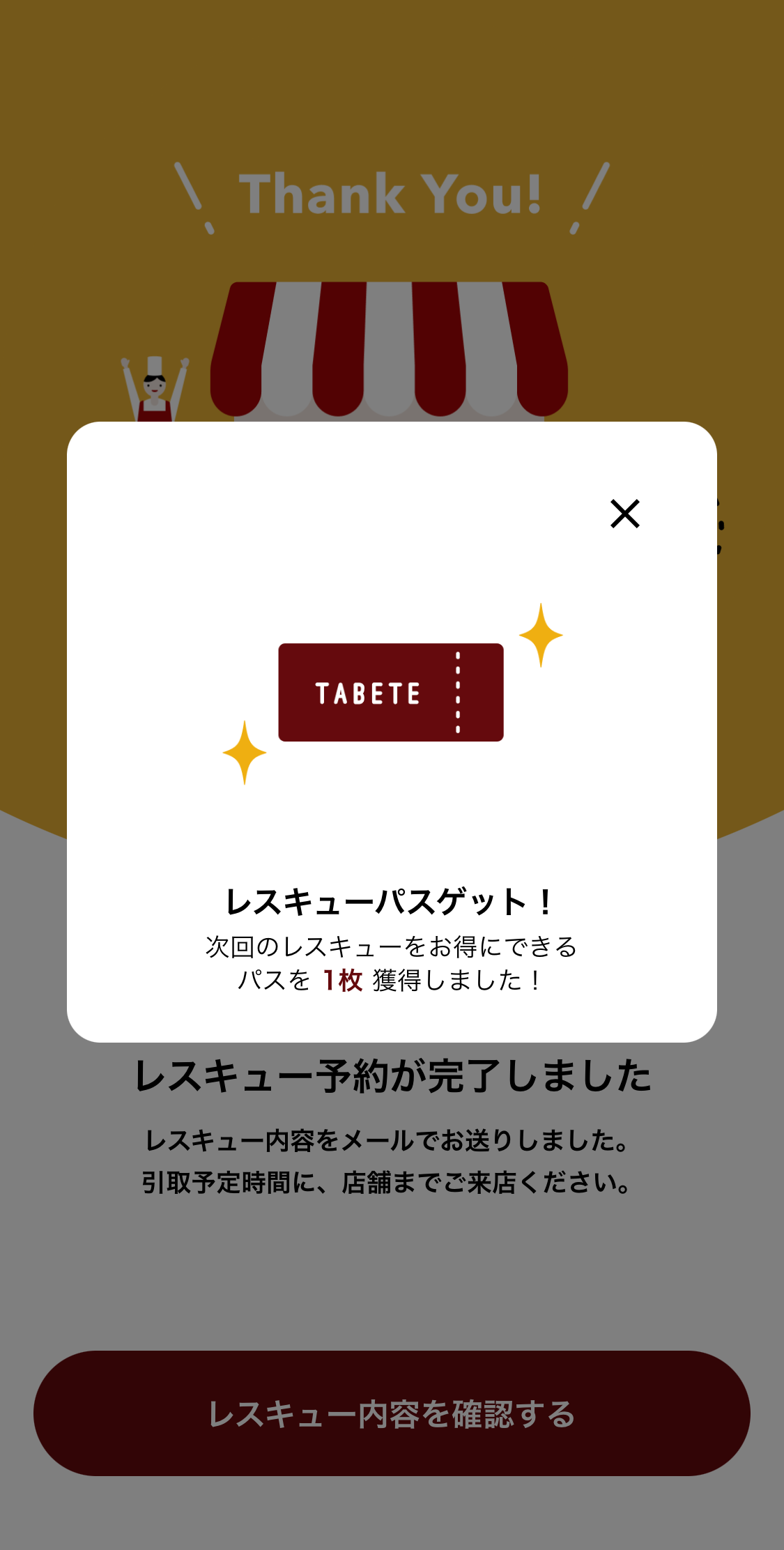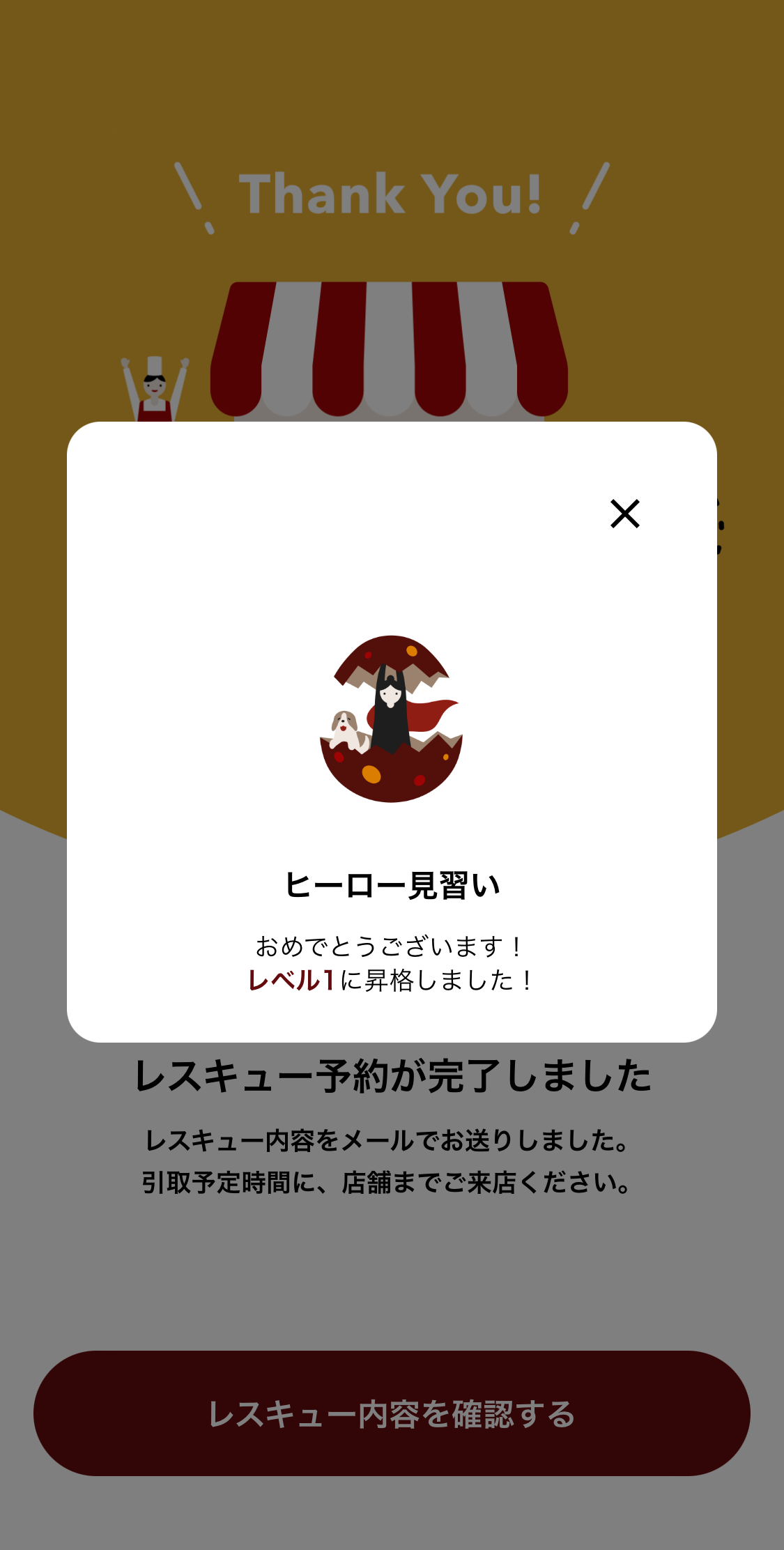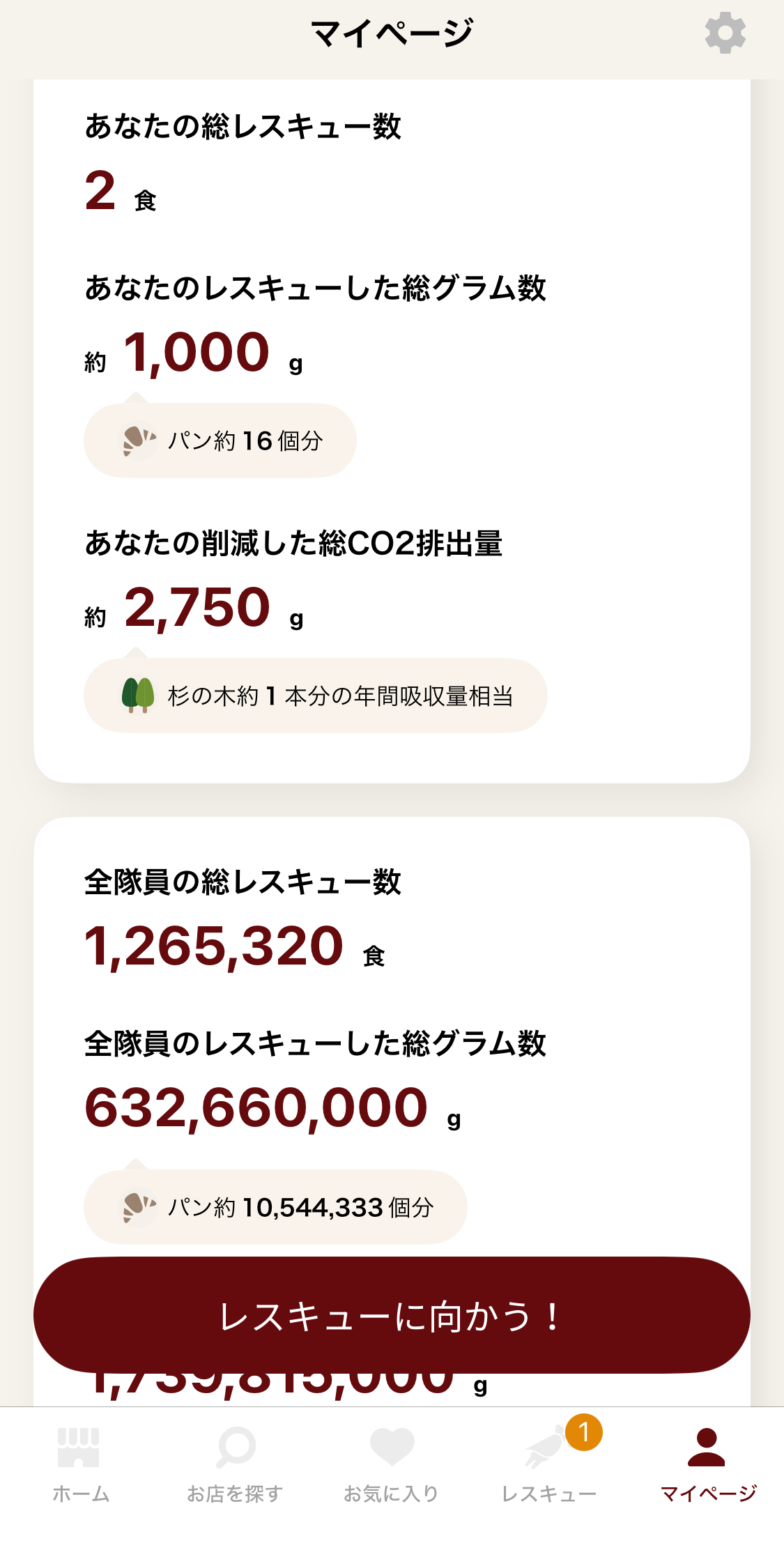Studying abroad, I stumbled upon an app that quickly became a daily essential: Too Good To Go. This wildly popular European platform transforms leftover food from cafes and restaurants into “magic bags”, at a wallet-friendly price. Every time I placed an order, I’d find myself eagerly heading to the venue, wondering what goodies awaited me inside.
Recently, while scrolling through apps in search of a similar service in Japan, I discovered an app called TABETE. Like its European counterpart, TABETE is on a mission to combat food waste, but as I used the app, I couldn’t help but notice how its design and experience felt distinctly Japanese.
In this blog, I’ll unpack my experiences with TABETE, compare it to Too Good To Go, and explore how cultural nuances shape their UX design. Let’s dive in and see what these apps can teach us about food, culture, and design!
Purchasing Process
Both apps share similarities but have a few notable differences. Here’s a breakdown of their features:
Too Good To Go:
Reservations and payments can be made starting the day before. The app offers a wide range of store options due to its popularity, making it ideal for those who prefer to plan ahead.
TABETE:
Only accepts same-day reservations. Since available stores depend on the day’s leftover stock, selecting a store can take more time.
Too Good To Go:
It’s a magic bag! The contents are a surprise until you pick it up, adding an element of excitement to the user experience.
TABETE:
The contents of the bag (e.g., the number and type of items) are clearly listed. This transparency offers a sense of security, as you know exactly what you’re purchasing.
Too Good To Go:
Offers a broad time window for pickups, though it can get crowded right after the designated pickup time.
TABETE:
Pickup times can be selected in 5-minute intervals. Additionally, if you’re unable to pick up your order or wish to gift it to someone, you can send the “rescue” as a gift.
Thoughts on Using TABETE
1. Rescue ranger system
TABETE introduces a clever and unique system where users become “Rescue Rangers” on a mission to reduce food waste. Each time you “rescue” food, you level up and earn rewards or coupons. This gamification approach makes the often-serious topic of sustainability feel approachable and enjoyable—a standout example of behavior-change design done right.
This blend of Japanese playfulness and thoughtful design truly deserves recognition. TABETE not only promotes sustainability but also demonstrates how UX can inspire people to contribute to social good while having fun along the way.
From left: Level-up indicator, Rescue Pass (next purchase coupon), Hero Trainee Badge, and stats on your rescues, food saved, and TABETE users’ total impact.
2. Detailed item descriptions
One of TABETE’s standout features is its detailed and thoughtful item descriptions. Instead of simply listing “X number of bread items,” it goes further, providing specifics about ingredients and even including personalized messages from the store. This attention to detail helps users make informed purchase decisions.
In contrast, Too Good To Go focuses on simplicity, with the surprise element being central to its experience. This difference highlights the cultural nuances of consumer behavior: Japanese users tend to prioritize product quality and reliability. This preference is deeply rooted in Japan’s consumer culture, which has long valued craftsmanship and attention to detail. Japanese consumers are often selective when choosing products, and businesses must go the extra mile to convey a sense of care. I’d say TABETE perfectly exemplifies this preference by offering transparency and building trust through comprehensive information.
3. Fun pickup experience
During one of my TABETE purchases, the bakery staff cheerfully greeted me with, “Is this for a rescue? Right this way!” catching me completely off guard. If multiple bags were available, they even took the time to explain the contents of each, a level of attentiveness that left me pleasantly surprised.
With Too Good To Go, the pickup process is straightforward—you simply receive your magic bag. In contrast, TABETE embraces the spirit of omotenashi (おもてなし, Japanese hospitality), turning even a simple food pickup into a memorable interaction. This hospitality elevates TABETE from being just a transactional app to a genuinely enjoyable and culturally resonant experience.
Omotenashi is Japan’s unique approach to hospitality, focusing on small details and creating a sense of warmth and care in every interaction. In TABETE’s case, it fosters a personal connection between users and stores, making the experience all the more special.
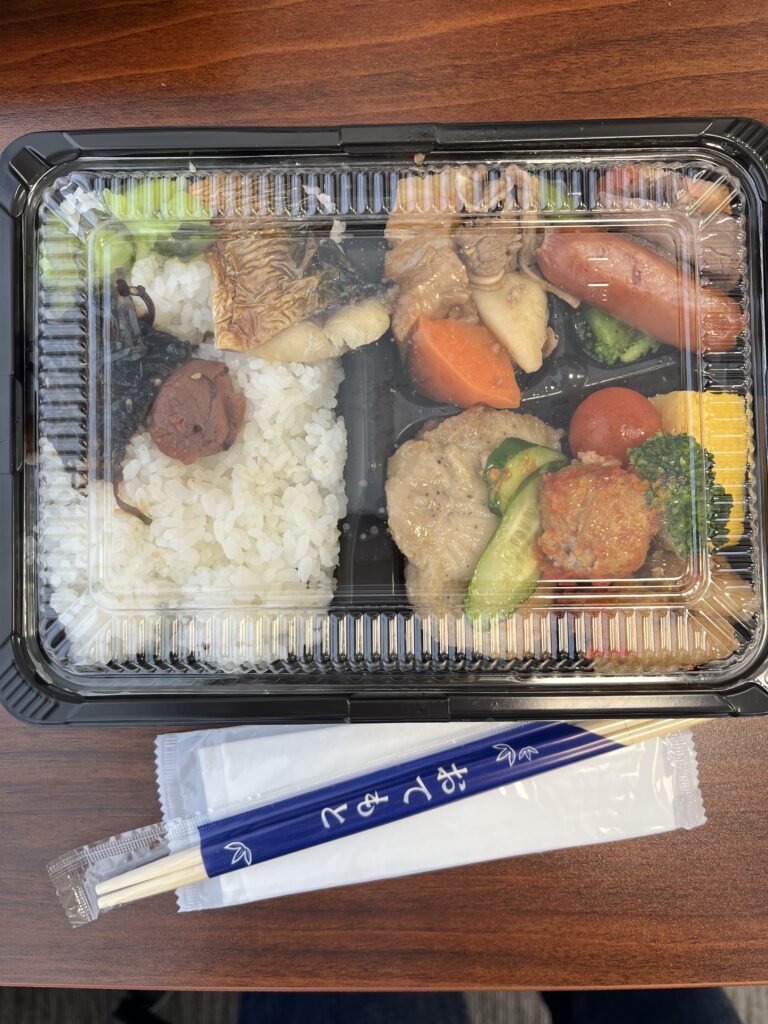
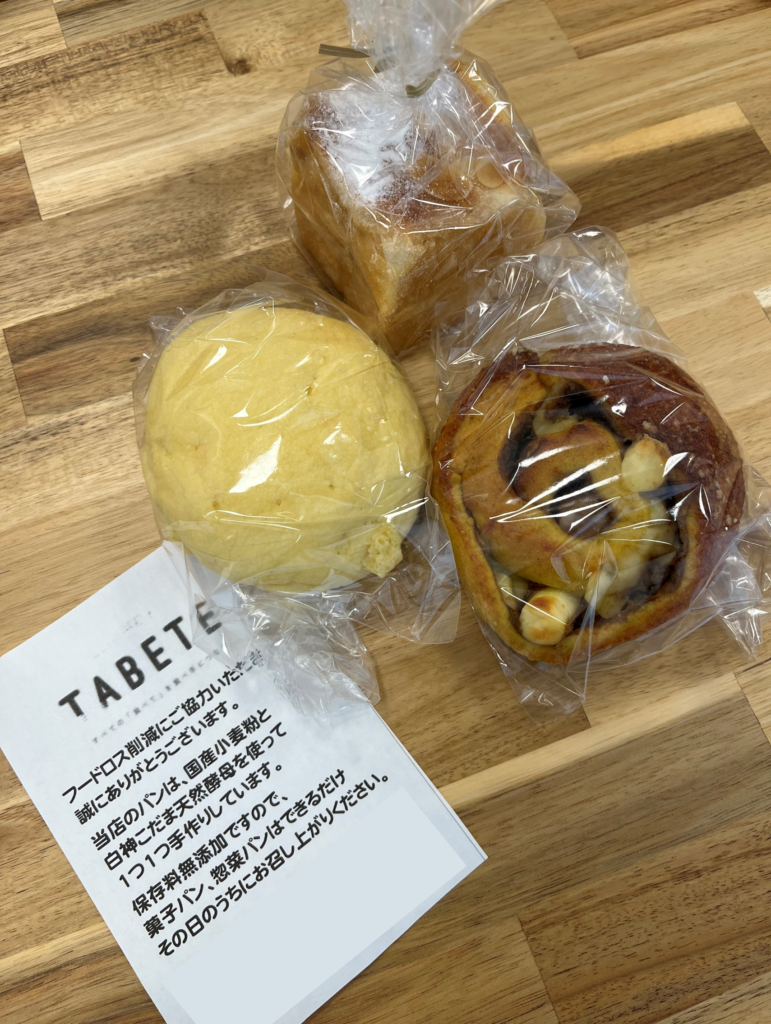
Cultural differences in UX:Surprise vs Reassurance
From the comparisons we’ve explored so far, it’s clear how cultural values shape UX design. Here’s what I’ve discovered, though it’s worth noting that this single evaluation is based on my personal perspective and may not apply universally.
- Western apps: Prioritizing surprise and simplicity
Too Good To Go emphasizes the excitement of “not knowing what you’ll get.” This element of surprise, combined with a minimalist design, appeals to a broad range of cultural contexts. The app also reflects a strong commitment to environmental conservation, presenting its mission to reduce food waste in a straightforward and universally relatable way. - Japanese apps:Prioritizng reassurance and thoughtfulness
TABETE focuses on providing reassurance through detailed product information and personalized pickup experiences. It also incorporates gamification elements, motivating users and encouraging behavior change in an engaging and lighthearted manner.
Both designs reflect the cultural values and preferences of their respective audiences, showcasing how design can adapt to resonate with different cultures. This contrast is what makes UX research truly fascinating!
Conclusion
TABETE offers a unique approach to addressing food waste in Japan. However, as the app is still in its early stages of adoption, the limited number of participating stores remains a challenge. As someone passionate about environmental conservation, I hope initiatives like TABETE continue to grow in Japan, making it accessible and more enjoyable for people to engage with sustainability.
From a UX research perspective, this comparison has underscored the critical role of localization in design. Tailoring user experiences to align with cultural values and preferences not only enhances usability but also introduces new perspectives and encourages behavioral change. These insights are invaluable, and I’m excited to apply them to future research projects. I hope this article offers useful takeaways for anyone interested in UX design.
At Uism, we specialize in analyzing services for both domestic and international markets, offering UX design recommendations that account for cultural differences. If you have any questions or concerns with localization, feel free to reach out!


